February Calendar
1. National Freedom (from slavery) Day, National Get Up Day, National Baked Alaska Day, National Serpent Day, National Wear Day, National Bubble Gum Day.
2. Groundhog Day, National Heavenly Hash Day, National Tater Tot Day.
3. National Day The Music Died, National Carrot Cake Day, National Missing Persons Day, National Women Physicians Day.
4. National Football Hangover Day, National Hemp Day, National Thank A Mail Carrier Day, National Homemade Soup Day, National Create A Vacuum Day.
5. National Weatherperson's Day, World Nutella Day, US Safer Internet Day.
6. National Lame Duck Day, National Girls and Women In Sports Day, National Frozen Yogurt Day.
7. National Periodic Table Day, National Send A Card To A Friend Day.
8. National Boy Scouts Day, National Kite Flying Day.
9. National Pizza Day, National Toothache Day (weird thing to celebrate, right?), National Bagel Day.
10. National Home Warranty Day, National Umbrella Day, National Cream Cheese Brownie Day.
11. National Make A Friend Day, Don't Cry Over Spilled Milk Day, National White Shirt Day, National Shut-In Visitation Day, National Peppermint Patty Day, National Inventors' Day, National Clean Out Your Computer Day.
12. National Plum Pudding Day.
13. Break Up With Your Carrier Day, National Cheddar Cheese Day,
14. National Organ Donor Day, National Ferris Wheel Day, National Cream-Filled Chocolates Day, and, of course, Valentine's Day.
15. National Gumdrop Day, Singles Awareness Day, National Caregivers Day, No One Eats Alone Day.
16. National Almond Day, National Do A Grouch A Favor Day.
17. National Random Acts Of Kindness Day, National Cabbage Day.
18. National Battery Day, Presidents Day.
19. National Vet Girls ROCK Day, National Lash Day, National Chocolate Mint Day.
20. National Cherry Pie Day, National Love Your Pet Day (Isn';t this every day??).
21. National Grain-Free Day, National Sticky Bun Day. (Odd that they'd pair these two together....)
22. National Cook A Sweet Potato Day, National Skip The Straw Day.
23. National Banana Bread Day, National Dog Biscuit Day, National Tile Day, National Toast Day.
24. National Tortilla Chip Day. (This is a great day to make up your own special holiday!)
25. National Chocolate Covered Nut Day, National Clam Chowder Day.
26. National Pistachio Day, National Tell A Fairy Tale Day, Spay Day USA. (This is a super important day for all pet owners!)
27. National Strawberry Day (Is it me, or is this a weird time of year to celebrate this?),National Polar Bear Day, National Retro Day.
28. National Public Sleeping Day, National Chocolate Souffle Day, National Floral Design Day, National Chili Day, Rare Disease Day (USA), National Tooth Fairy Day.
That's a bunch of fun and worthy celebrations to cram into one short month! Which days will you choose to celebrate? After I make my final decisions, I'll head over to the Land of Lily Pad Party Store and get all my supplies. Please stop back by tomorrow for a unique Friday blog. Until then, my friend, I wish you
PEACE.
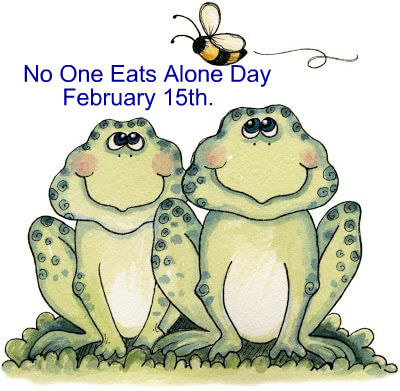
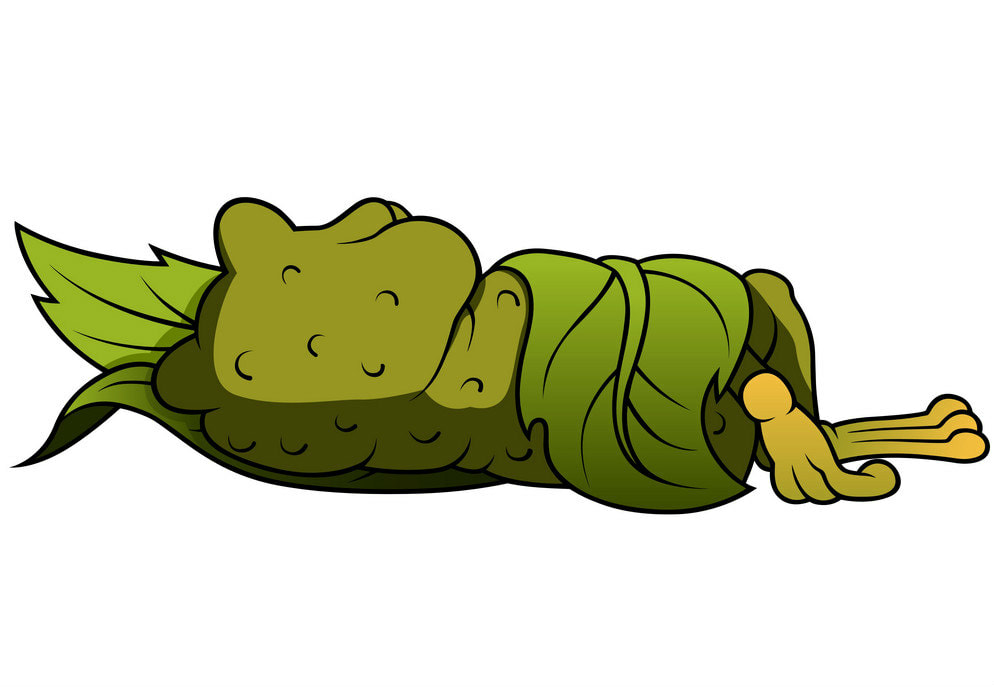
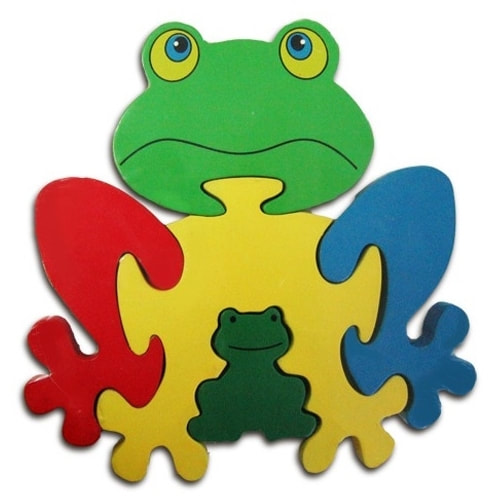

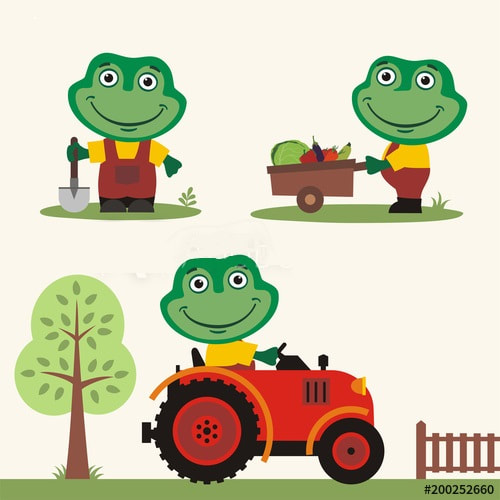
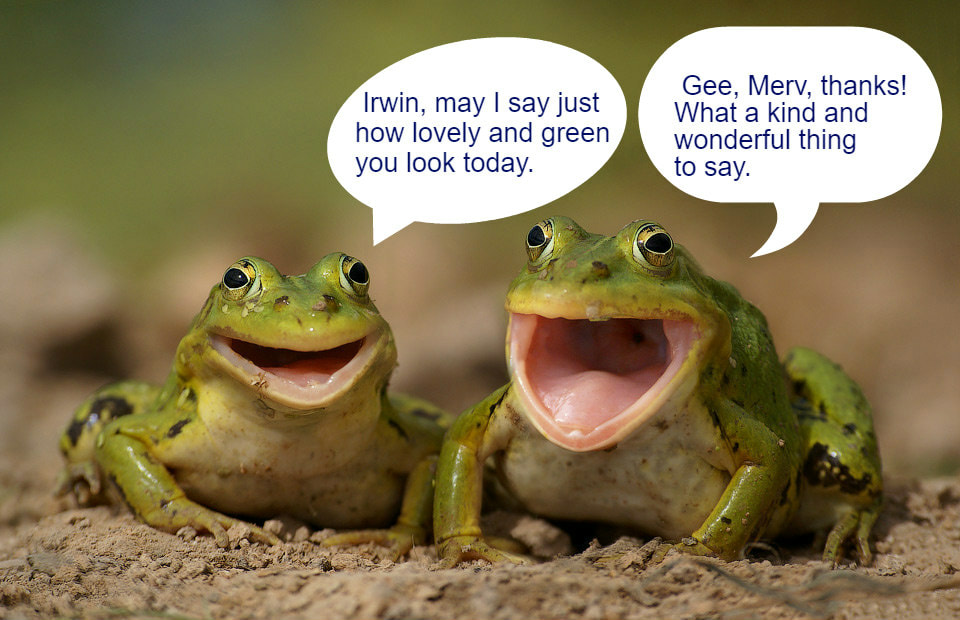
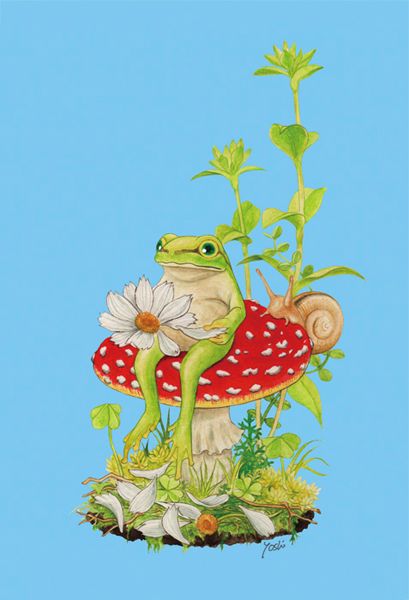
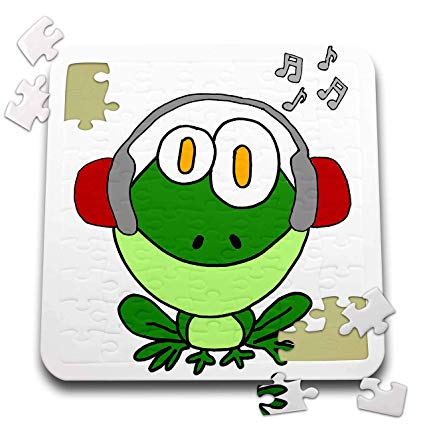

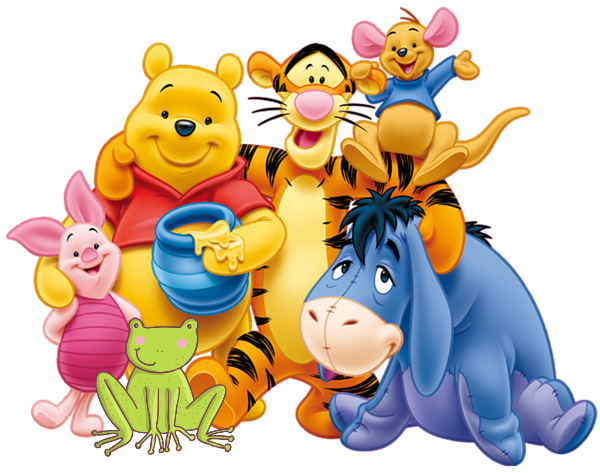
 RSS Feed
RSS Feed